Contents
Freight Discount - 25%
Fruiting in the Orchard
Sustainable Living
Using Plants to help Threatened wildlife
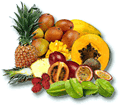
April 2009
Daley News
.jpg) The team has been as busy as ever, cleaning up after the storms of early summer by skinning the polyhouses with new plastic, repairing the hail netting and replacing poles where necessary, the nursery has had a makeover. The season has been kind to us here, we send our best wishes to those who have endured fires and floods and the devastation that has once again ravaged on our landscape. As the weather dries out here in the sub tropics, the gardeners amongst us can think of other things apart from mowing, it is a great opportunity to once again get on top of all the jobs to be done in the home orchard and garden.
The team has been as busy as ever, cleaning up after the storms of early summer by skinning the polyhouses with new plastic, repairing the hail netting and replacing poles where necessary, the nursery has had a makeover. The season has been kind to us here, we send our best wishes to those who have endured fires and floods and the devastation that has once again ravaged on our landscape. As the weather dries out here in the sub tropics, the gardeners amongst us can think of other things apart from mowing, it is a great opportunity to once again get on top of all the jobs to be done in the home orchard and garden.
Freight Discounts
25% Freight Discount: *Orders Over $100 + Free Handling
FREE HANDLING: *Orders Under $100
If you are wanting to expand your edible fruit & nut trees in your backyard but can't justify the freight costs then this discount is for you. Daleys has over 1000 varieties of fruit, nut and rainforest trees to choose from.
- Entire list of plants ready for Sale
.jpg) Fruiting in the Orchard
Fruiting in the Orchard
I escaped down to the Daley’s orchard yesterday for the first time in ages and returned with a bounty of fruit. The guavas are laden, the Mexican Crème Guavas branches are weighted down to the ground with its massive crop of fruit and the Hawaiian Supremes are just beginning to ripen.
The peanut butter fruit is covered in flowers and there is a 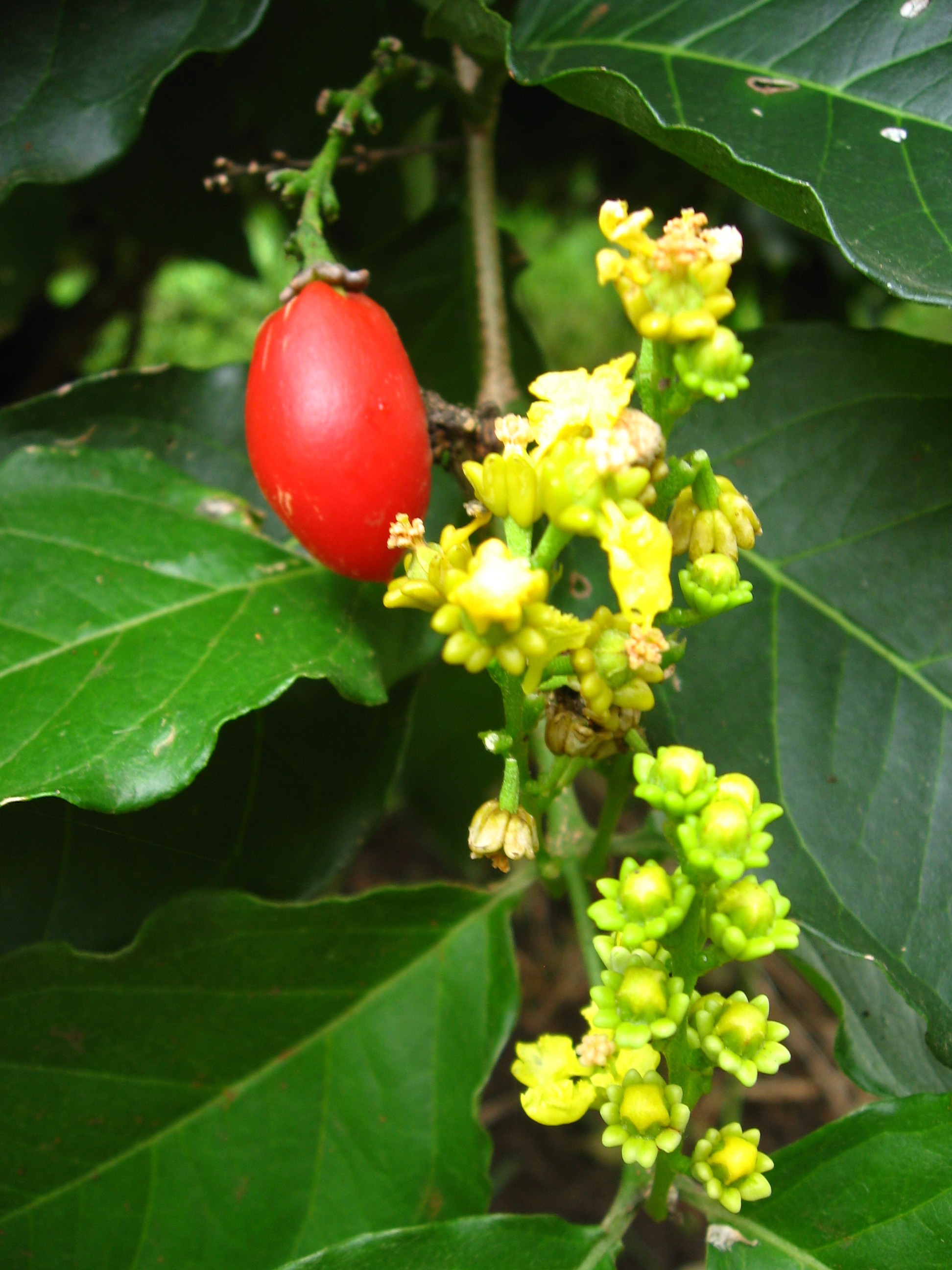 daily pick of fruit available to anyone who visits the tree. These small bright red fruits do not travel well and are best eaten in the shade of the tree. I think this is one of the prettiest small fruiting trees that we have, the bright yellow flowers smother the tree in late summer, early autumn and are contrasted dramatically by the orange and red fruits. It is stunning.
daily pick of fruit available to anyone who visits the tree. These small bright red fruits do not travel well and are best eaten in the shade of the tree. I think this is one of the prettiest small fruiting trees that we have, the bright yellow flowers smother the tree in late summer, early autumn and are contrasted dramatically by the orange and red fruits. It is stunning.
There are plenty of kiwi fruits that are almost ready and the persimmons are just starting to colour up, I picked a few of the bird pecked Ichikikijiros yesterday for an early taste.
.jpg)
There is a bumper crop of feijoas with very little fruit fly damage in the fruit. Although I could see a few fruit flies investigating the fruits as I sprayed the trees with eco-naturalure yesterday, our regular spraying regime is certainly helping to reduce their numbers but we have not eliminated them from the orchard totally.
Sustainable Living
There is a green revolution taking place in gardens across the country. People are removing their ornamental trees and shrubs from gardens to make room to grow edible fruits and vegetables. Just as our parents and grandparents had done for generations we realize now that this is essential to the well being of the planet and it also significantly reduces our food bill, food miles and the footprint we leave on the earth. So what are the best and most productive fruit trees and how can we plant trees so that there is year round fruit in our gardens.
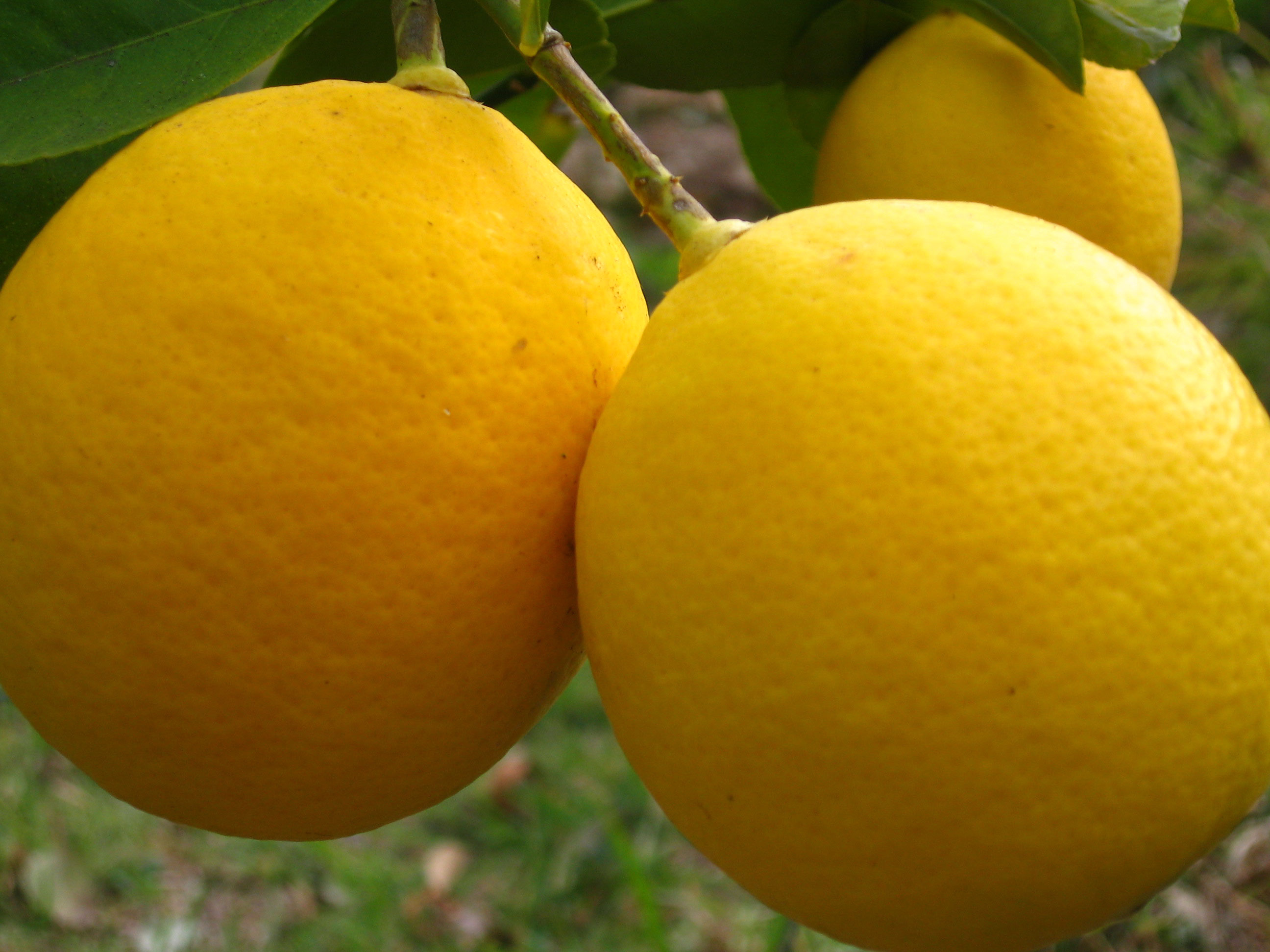 The lemon tree is one of the most popular fruit trees in backyard gardens across Australia. It is not a fruit to be picked and eaten straight off the tree but it is so versatile in the kitchen that it is seen as an essential backyard produce tree. Fruiting season – most of the year. All citrus trees will produce a great crop of fruit in most areas of Australia, bar the cold highland regions. The trees are highly ornamental with their gorgeous bright round fruits bringing colour to the winter orchard.
The lemon tree is one of the most popular fruit trees in backyard gardens across Australia. It is not a fruit to be picked and eaten straight off the tree but it is so versatile in the kitchen that it is seen as an essential backyard produce tree. Fruiting season – most of the year. All citrus trees will produce a great crop of fruit in most areas of Australia, bar the cold highland regions. The trees are highly ornamental with their gorgeous bright round fruits bringing colour to the winter orchard.

Mulberries are one of my favourite fruits. They have all the lusciousness of the berries, without having the unruly nature of a vine to have to contend with. There are two dwarf mulberries that are perfect for small spaces, the dwarf black, a deliciously tangy mulberry and the honey sweet Red Shahtoot, both trees will grow to about 3m and can produce two crops a year, one in the spring which if followed by pruning of a third the tree will recrop in the autumn.
.jpg) The Ichikikijiro persimmon is a stunning small ornamental fruiting tree that produces a bumper crop of non astringent persimmons in the Autumn months. The trees only grow to about 3m, making them perfect for small space, they are deciduous so will let in the winter sun while providing summer shade.
The Ichikikijiro persimmon is a stunning small ornamental fruiting tree that produces a bumper crop of non astringent persimmons in the Autumn months. The trees only grow to about 3m, making them perfect for small space, they are deciduous so will let in the winter sun while providing summer shade.
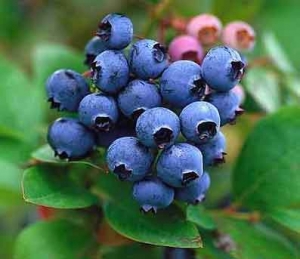
Blueberries are a must for the home garden. A punnet of blueberries can set the shopper back about $7, making them an attractive option for the home garden. They are a small shrub, growing to about 2m high. The fruits are produced in the warmers months and are very high in antioxidants.
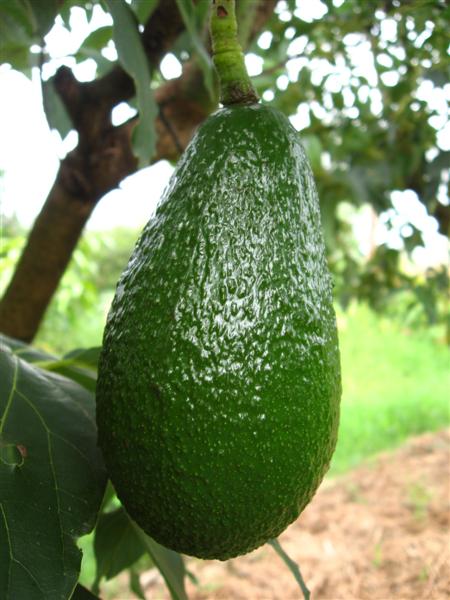 Avocados are fabulous if you have some space and perfect drainage. They hold on the tree well and can be picked as required rather than coming off all together. Once established they are relatively easy to care for requiring little maintenance.
Avocados are fabulous if you have some space and perfect drainage. They hold on the tree well and can be picked as required rather than coming off all together. Once established they are relatively easy to care for requiring little maintenance.
Pecans are the perfect long term investment tree for larger gardens and rural properties. They not only produce a fabulous crop of tasty nuts that store well in their shells, but they are also a very attractive large deciduous tree, perfect for allowing in the winter sun while providing summer shade. They team well with strawberries which can be grown under their canopy to protect them from the heat of summer.
Food Plants for Our Threatened Species
If you are lucky enough to live in an area where there are also threatened species you can help them by planting their food and habitat trees. There are also many threatened species like the squirell glider that will happily take up residence in hand made nest boxes. You can get lots of information about what may be living in your area as well as specific information about the species including sound recordings of their call from the threatened species web site.
Koala
Koalas are an iconic Australia species and are now listed as a vulnerable threatened .jpg) species in NSW, their numbers are in decline. Any of us living in a area where koalas are present can help them by planting their food trees. Koalas are fussy eaters and only eat the leaves of particular species of gum, these trees are essential to the survival of the species. Koalas feed on the foliage of more than 70 eucalypt species and 30 non-eucalypt species.
species in NSW, their numbers are in decline. Any of us living in a area where koalas are present can help them by planting their food trees. Koalas are fussy eaters and only eat the leaves of particular species of gum, these trees are essential to the survival of the species. Koalas feed on the foliage of more than 70 eucalypt species and 30 non-eucalypt species.
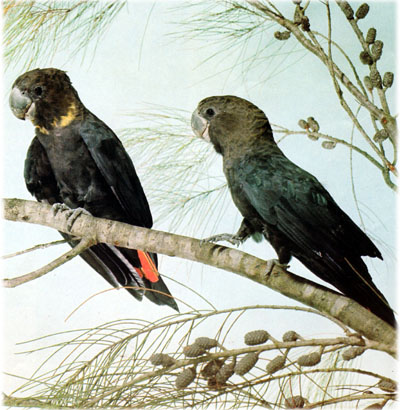 Glossy Black Cockatoo
Glossy Black Cockatoo
The glossy black cockatoo will happily feed all day long on the fruits of Casuarina torulosa, they can be heard cracking cones, they will often stay put if you approach them quietly.
Richmond Birdwing Butterfly
This beautiful butterfly of northern NSW and southern Queensland has suffered from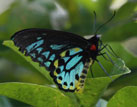 habitat loss. The catterpillars feed exclusively on the Richmond birdwing butterly vine, Pararistolochia praevenosa, without this food plant there will be no butterflies. The adult butterflies are nectar feeders and will feed on the flowers of Eucalpts, rainforests plants and even the weed lantana.
habitat loss. The catterpillars feed exclusively on the Richmond birdwing butterly vine, Pararistolochia praevenosa, without this food plant there will be no butterflies. The adult butterflies are nectar feeders and will feed on the flowers of Eucalpts, rainforests plants and even the weed lantana.
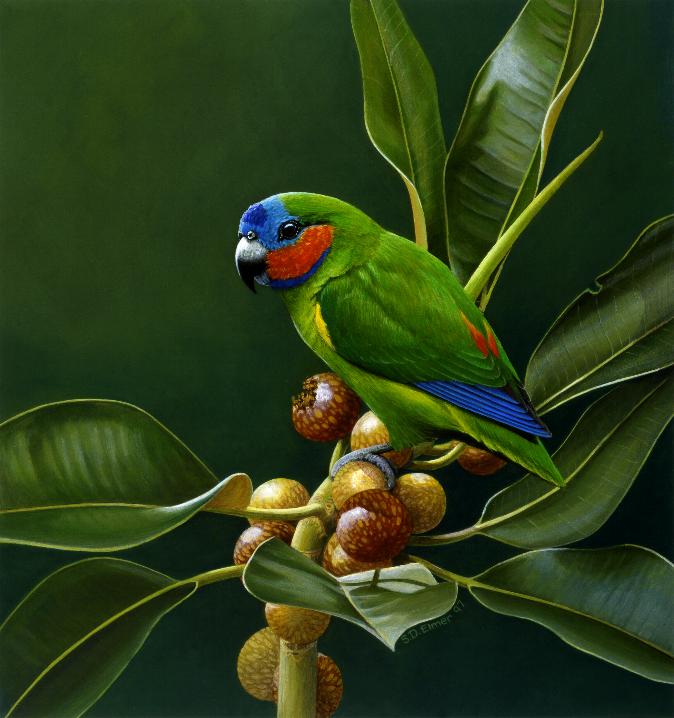 Coxen Fig Parrot
Coxen Fig Parrot
This very endangered parrot has not been photographed in NSW although a recent sighting of a flock west of Kyogle had Paul Daley flying down from the tropics with his camera under arm in hot pursuit. If anyone has seen this parrot please let us know. They feed on native figs.





